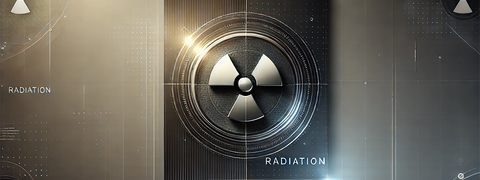Radiation shielding is essential across industries like healthcare, research, and aerospace. Traditionally, lead has been the go-to material for shielding, prized for its density and radiation-blocking power. But lead has a well-known downside: it’s toxic, heavy, and limited in flexibility.
Now, tungsten PLA filament offers a breakthrough alternative—one that maintains high-density protection without the health and environmental risks of lead. Let’s dive into how this material is opening new possibilities in custom radiation shielding and what challenges it faces.
Why Move Beyond Lead?
Lead is dense, reliable, and has a long history in shielding applications. However, the costs of working with lead can be steep—literally and figuratively. Lead’s toxicity poses health risks, and its weight makes it challenging to use in portable or flexible applications. There’s a growing push to find safer materials, and 3D printing is proving to be a game-changer.
Using high-density materials like tungsten in filament form allows us to leverage 3D printing’s flexibility while minimizing the environmental impact associated with lead. Tungsten is non-toxic, easier to handle, and customizable, which aligns with today’s need for adaptable, eco-friendly solutions in shielding.
Tungsten PLA: A Safer, Customizable Shielding Solution
Tungsten is a powerhouse in radiation protection thanks to its high atomic number, which makes it a top candidate for shielding. With tungsten PLA filament, we can 3D print shields that are both custom-fit and effective, using standard FDM printers to produce the parts. This filament is a blend of tungsten powder and PLA (a plant-based polymer), creating a material with the shielding capacity of tungsten and the ease of PLA.
Key Benefits of Tungsten-Based Shielding:
- Non-Toxic and Safer to Handle: Unlike lead, tungsten is non-toxic, so it’s safer for users and the environment.
- Highly Customizable: With 3D printing, tungsten PLA can be formed into precise shapes and thicknesses, providing tailored protection for specific equipment or applications.
Challenges in Replacing Lead with High-Density Alternatives
-
Density and Shielding Power:
Achieving lead’s unmatched density and shielding power with tungsten requires precise calibration. To meet specific radiation-blocking needs, tungsten PLA might need thicker layers or higher infill, which affects print times and material costs. -
Cost and Printing Requirements:
Tungsten is pricier than lead, and the filament is more abrasive on printer nozzles, so a hardened steel nozzle and slower printing speeds may be required to ensure print quality. These adjustments can add to the production cost, but the trade-off is a safer, flexible material. -
Durability for High-Radiation Applications:
Tungsten PLA works well for low to mid-level radiation shielding but may not last as long as lead in high-intensity environments. It’s ideal for custom, lower-exposure applications but might need reinforcing or replacing in areas with high radiation exposure.
Key Applications of Tungsten PLA for Radiation Shielding
Medical Imaging
Medical imaging needs effective yet adaptable shielding. Tungsten PLA is well-suited for creating lightweight, custom shields for portable x-ray units and other devices, providing efficient protection without the bulk and toxicity of lead.
Research Labs
In labs where radiation needs can vary, tungsten PLA is a flexible option. It can be printed into shielding barriers for experimental setups, providing effective, adaptable protection without permanent installations.
Electronics Protection
Tungsten PLA shielding can also safeguard sensitive electronics, such as components in medical or aerospace equipment. It provides necessary protection in compact, complex spaces where traditional lead shielding isn’t feasible.
What’s Next for High-Density 3D-Printed Shielding?
With tungsten PLA, we’re only scratching the surface of what’s possible. Here’s what the future could hold:
-
Advanced Filament Blends: Combining tungsten with other materials like bismuth could offer even better protection, flexibility, and durability.
-
Precision Printing Techniques: Innovations in 3D printing could soon allow for gradient-density or multi-layered prints, tailoring shielding to specific radiation types or exposure levels.
-
Bio-Compatible Materials for Clinical Use: Non-toxic, biocompatible shielding materials would be transformative in healthcare, allowing for safer human interaction.
Final Thoughts: Toward a Safer, Sustainable Future in Radiation Shielding
High-density, 3D-printed materials like tungsten PLA bring us closer to a future where radiation shielding is safer, more adaptable, and environmentally friendly. While challenges remain—particularly in replicating lead’s density—tungsten PLA is a major step in the right direction.
As we continue to develop and refine high-density alternatives, the possibilities are endless. For anyone looking to meet shielding needs with a sustainable, precise, and customizable solution, tungsten PLA filament could be the material to watch.
Ready to Explore Tungsten PLA Shielding for Your Project?
If you’re interested in custom radiation shielding solutions or want to know more about how 3D printing can help meet your needs, reach out! We’re excited to see how these innovations can make a difference.


